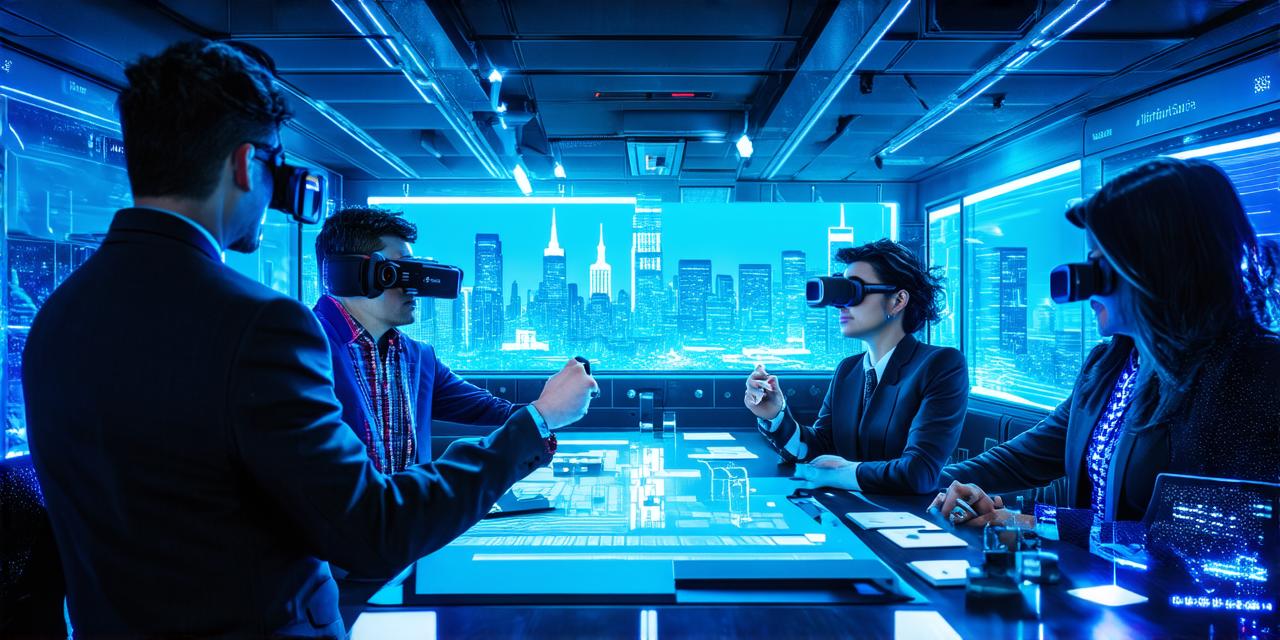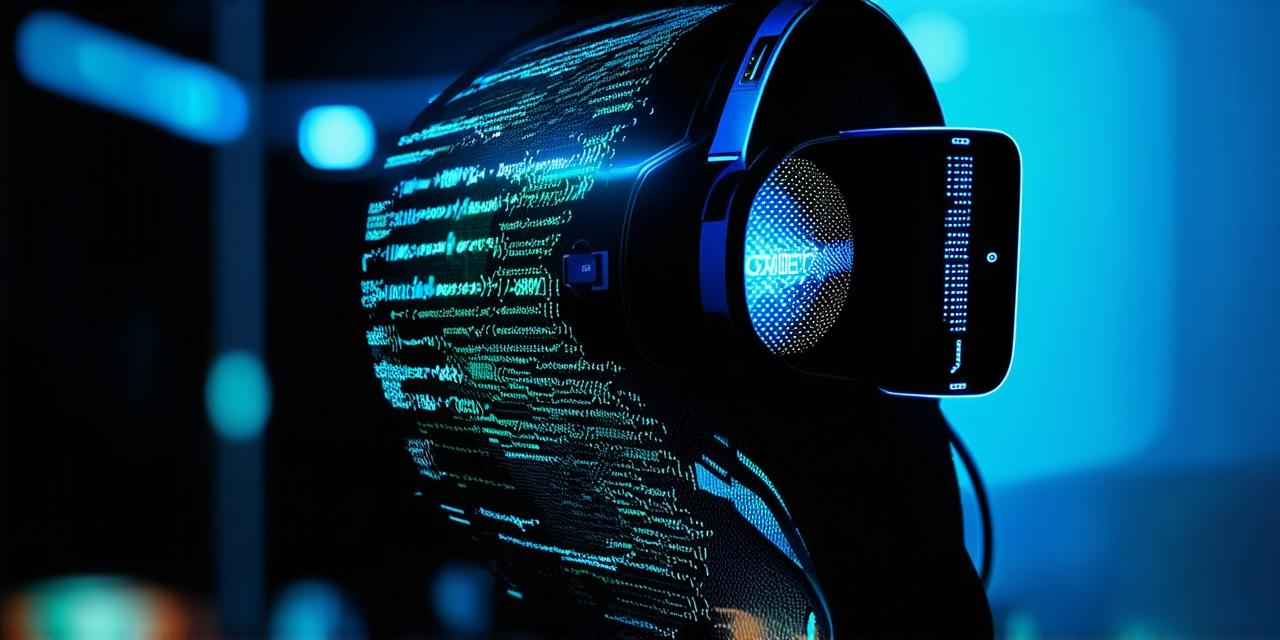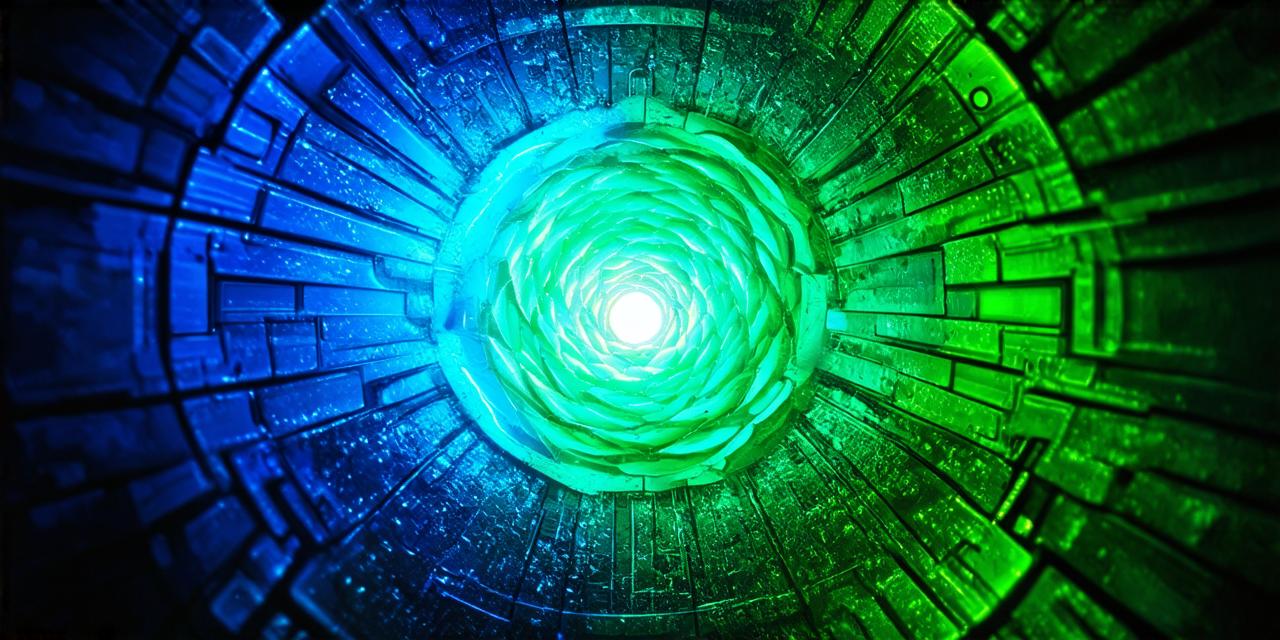Virtual reality (VR) and mixed reality (MR) are two types of immersive technologies that allow users to experience a simulated environment in a way that feels real. While they share some similarities, there are important differences between the two.
What is Virtual Reality?
Virtual reality is a computer-generated simulation of a 3D environment that can be experienced through a headset or other device. In a VR experience, the user’s senses are blocked from the real world, and they are fully immersed in the virtual environment. This technology has been around for several decades and has been used in various applications, including gaming, education, and training.
What is Mixed Reality?
Mixed reality, on the other hand, combines elements of the real world with elements of a virtual environment. In an MR experience, the user sees both their physical surroundings and a computer-generated overlay that provides additional information or enhances their perception of the real world. This technology is relatively new and has been gaining popularity in recent years, particularly in the areas of augmented reality (AR) and virtual try-on applications.
How VR Works
Virtual reality works by presenting the user with a 360-degree view of a computer-generated environment through a headset or other device. The headset typically has sensors that track the user’s movement, allowing them to look around and interact with the virtual environment in real time. Some VR devices also have hand tracking capabilities, which allow users to manipulate objects within the virtual world.
How MR Works
Mixed reality works by overlaying digital information onto the user’s view of the real world. This can be done using a variety of devices, including smartphones, tablets, and specialized headsets. The digital information can include text, images, or 3D models, and can be tailored to the user’s specific needs or preferences.
What Sets VR and MR Apart?
There are several key differences between virtual reality and mixed reality:
- Immersiveness: VR is designed to fully immerse the user in a simulated environment, while MR is designed to enhance the user’s perception of the real world.
- Realism: VR is typically more realistic than MR, as it presents a fully immersive and interactive virtual environment. MR, on the other hand, can be less realistic, as it overlays digital information onto the user’s view of the real world.
- Interaction: VR allows users to interact with objects within the virtual environment in a way that feels natural, while MR typically requires more explicit interactions with the digital overlay.
- Cost: VR can be more expensive than MR, as it requires specialized hardware and software. MR, on the other hand, can be implemented using existing devices like smartphones and tablets.
Summary
Virtual reality and mixed reality are two immersive technologies that offer unique experiences for users. While they share some similarities, there are important differences between the two that make them suitable for different applications. As these technologies continue to evolve, we can expect to see even more innovative uses of VR and MR in the future.



